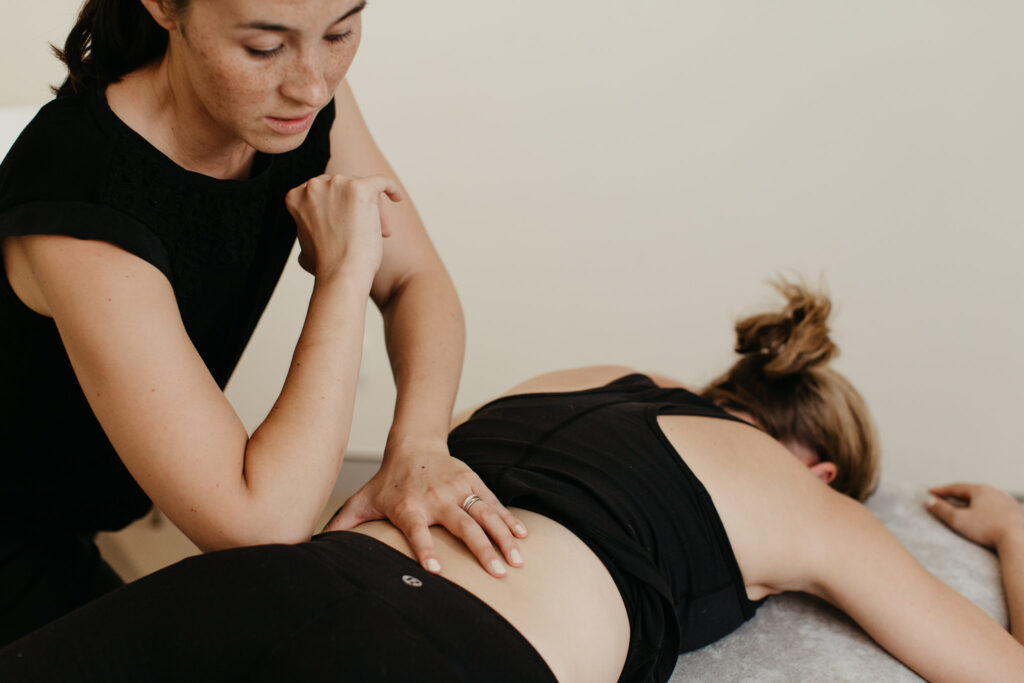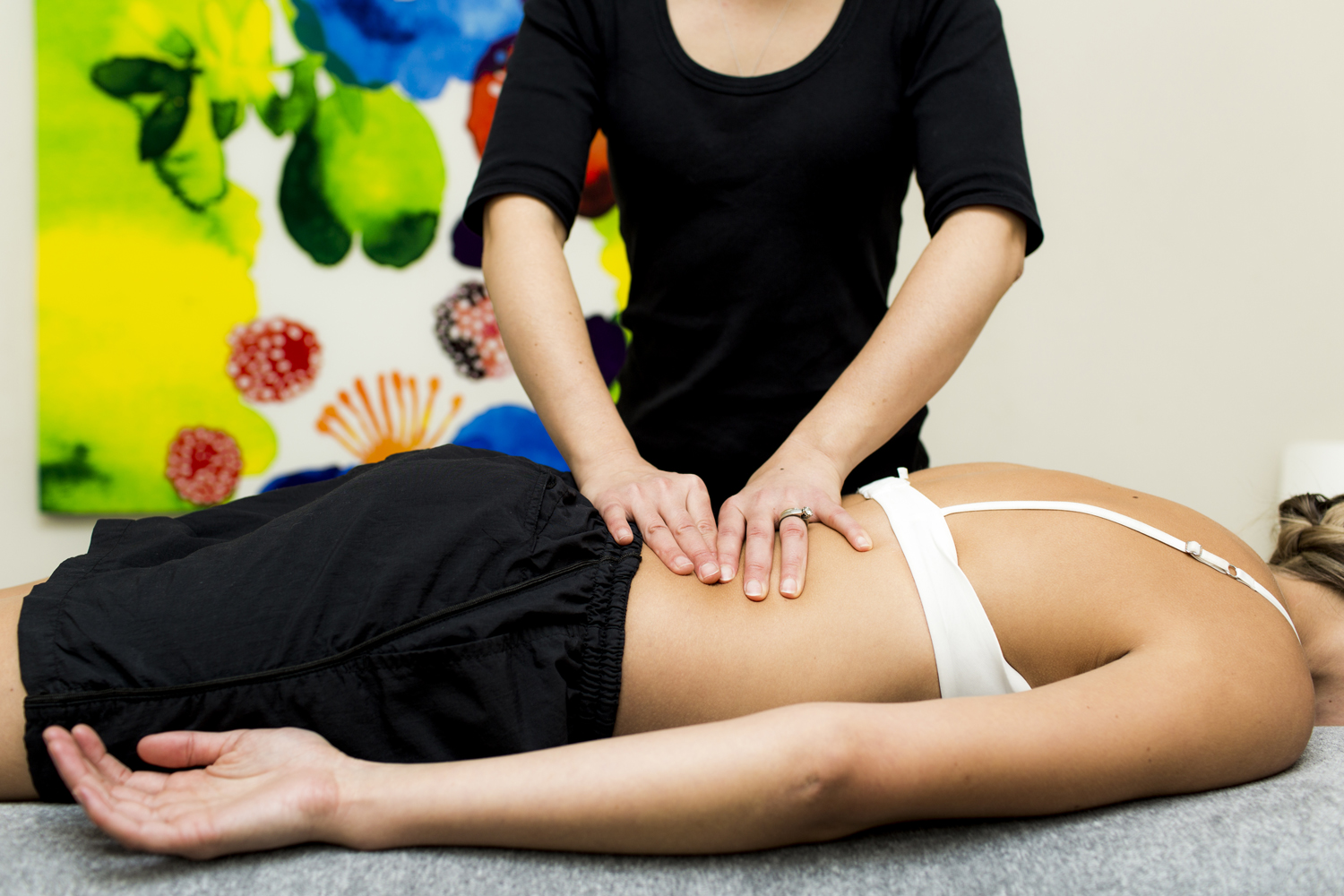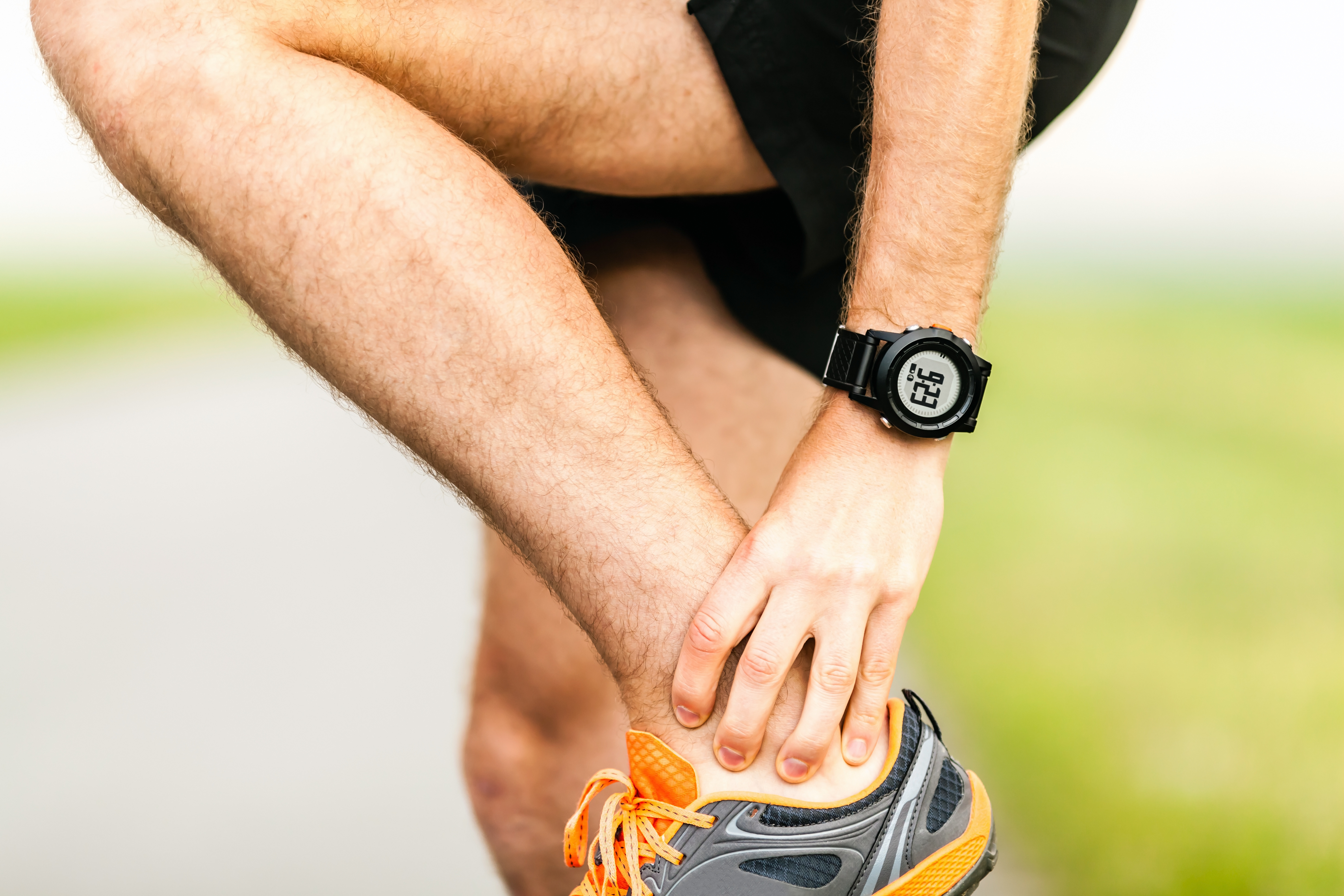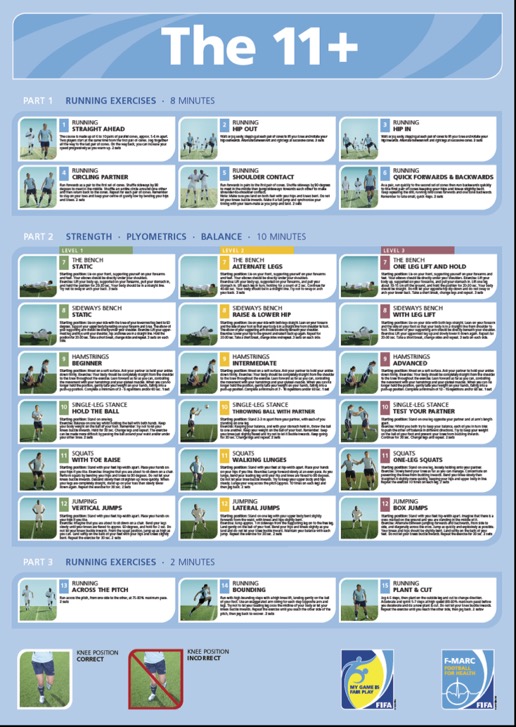Can Physio help my Low Back Pain? Back in Motion
Low back pain is a common injury that affects people of all ages and lifestyles, from
sitting at desks for extended periods of time to lifting heavy objects awkwardly,
various factors contribute to the onset of low back pain. Physiotherapy offers a
holistic approach to managing and alleviating low back pain, providing tailored
treatments that address the root causes of the condition.
How Physiotherapy Can Help Low Back Pain:
Through a combination of manual therapy techniques, targeted exercises, and
patient education, physiotherapy aims to reduce pain, improve mobility, and prevent
future recurrences. Here are three ways physiotherapy can make a difference in
managing low back pain:
Manual Therapy:
Hands-on techniques such as massage, joint mobilization, and soft tissue
manipulation can help release tension, improve circulation, and alleviate pain in the
lower back. Physio’s use these techniques to help restore function, providing relief
for individuals suffering from acute or chronic low back pain.

Exercise Prescription
Specific exercises play a crucial role in strengthening the muscles supporting the
spine, improving flexibility, and promoting overall back health. Physiotherapists
design customized exercise programs tailored to each individual’s needs and
abilities. Here are three physio exercises and stretches commonly recommended for
low back pain:
Education and Prevention to treat Low Back Pain
Physiotherapists empower individuals with the knowledge and tools to manage their
low back pain effectively. By educating patients about proper posture, ergonomic
principles, and lifestyle modifications, physiotherapy helps prevent future episodes of
pain and promotes long-term back health.
- Pelvic Tilts: Lie on your back with knees bent and feet flat on the floor. Gently tilt
your pelvis backward, flattening your lower back against the floor, then tilt it
forward. Repeat 10-15 times to activate the core muscles and stabilize the
spine. - Cat-Cow Stretch: Start on your hands and knees, arch your back upwards (like
a cat), then lower your back and lift your head and tailbone upwards (like a
cow). Perform this dynamic stretch for 10-15 repetitions to mobilize the spine
and relieve tension in the lower back. - Child’s Pose: Begin on your hands and knees, then sit back onto your heels
while reaching your arms forward and lowering your chest towards the floor.
Hold this relaxing stretch for 30 seconds to 1 minute, focusing on deep
breathing to release tension in the back muscles. - Knee Floats: Lie on your back with knees bent and feet flat on the floor. Breath in and as you breath out gently draw your belly button to your spine float one leg into table top. Breath in to lower the foot back to the floor. Breath out and float the other leg into table top. Breath in to return the foot back to the floor. Repeat alternating legs 10 times.
Pilates and Low Back Pain
Pilates is a great form of exercise to help manage low back pain by strengthening
the core muscles such as in the abdomen, pelvis and lower back. These muscles act
as a supportive framework for the spine, reducing the load placed on the low back.
Pilates exercises also enhance flexibility, alleviating stiffness and tension in the
surrounding muscles. By developing better body awareness and movement patterns,
Pilates helps decrease the likelihood of reaggravating your lower back. To book in to one of our Pilates classes click here.
Low back pain can be a challenging condition to navigate, but physiotherapy offers
effective solutions for relief and recovery. Through manual therapy, targeted
exercises, and patient education, physiotherapists help individuals regain control of
their back health and live pain-free lives. If you’re struggling with low back pain, book
in to see one of our Physio’s who will help you develop a personalised treatment
plan that meets your needs and goals.




